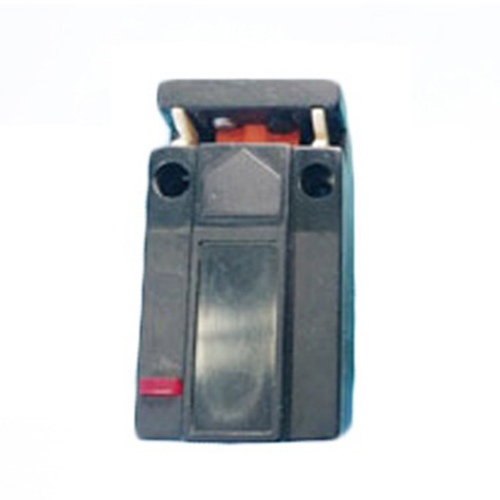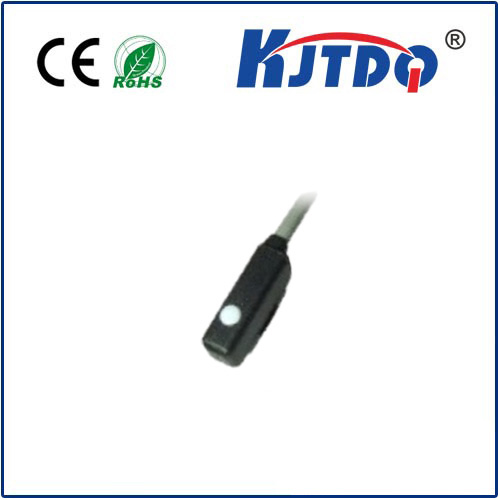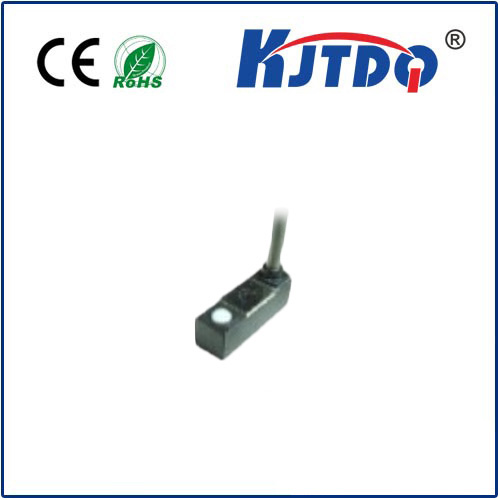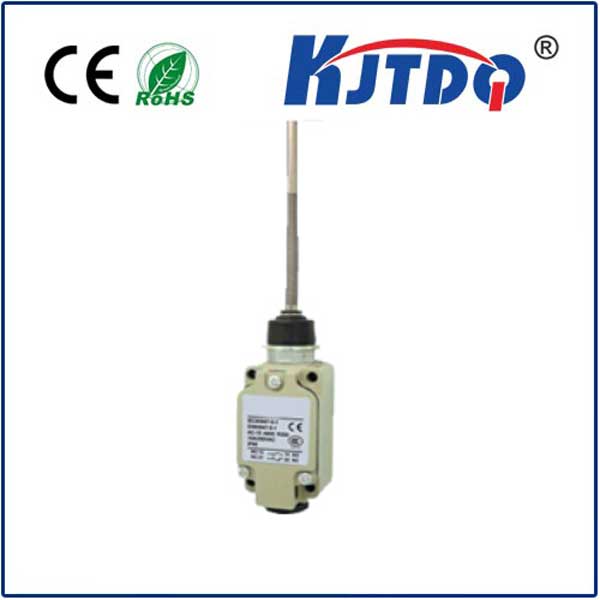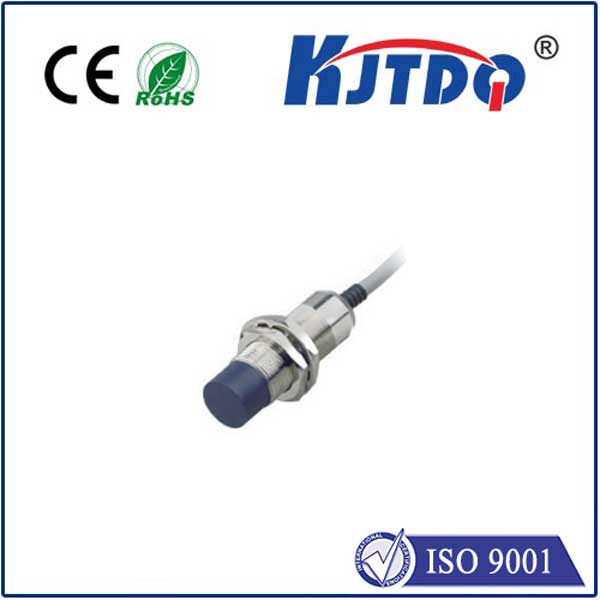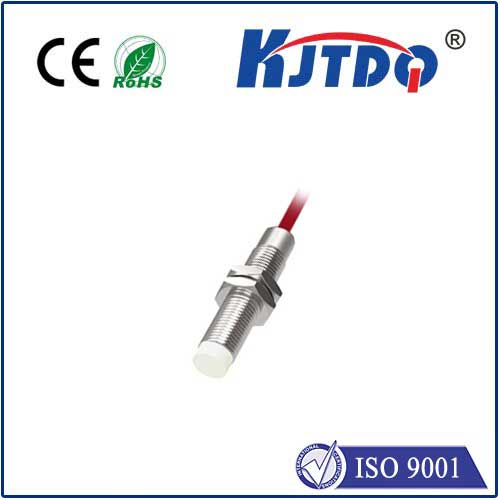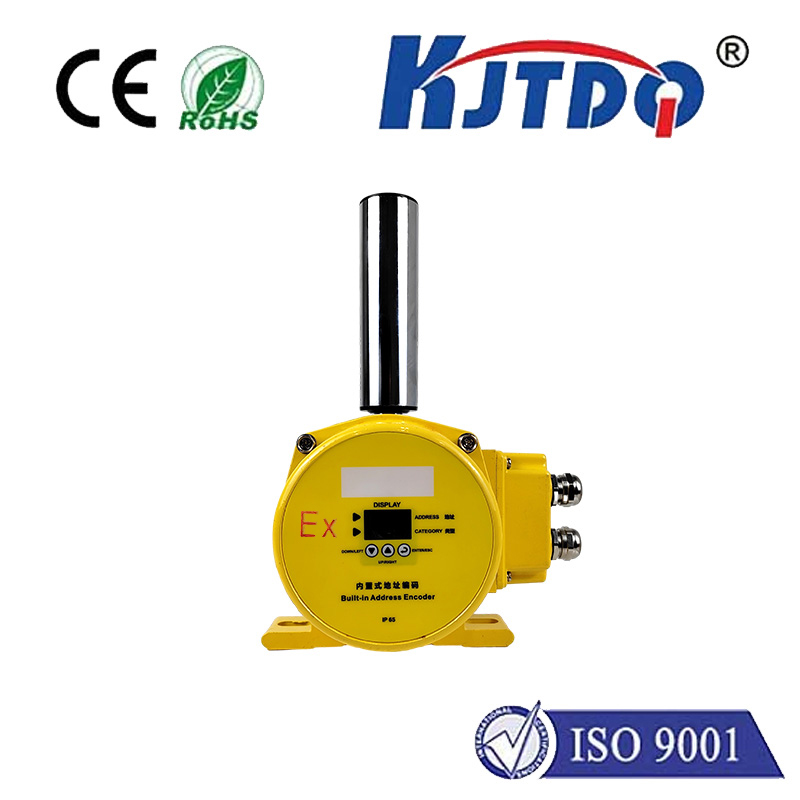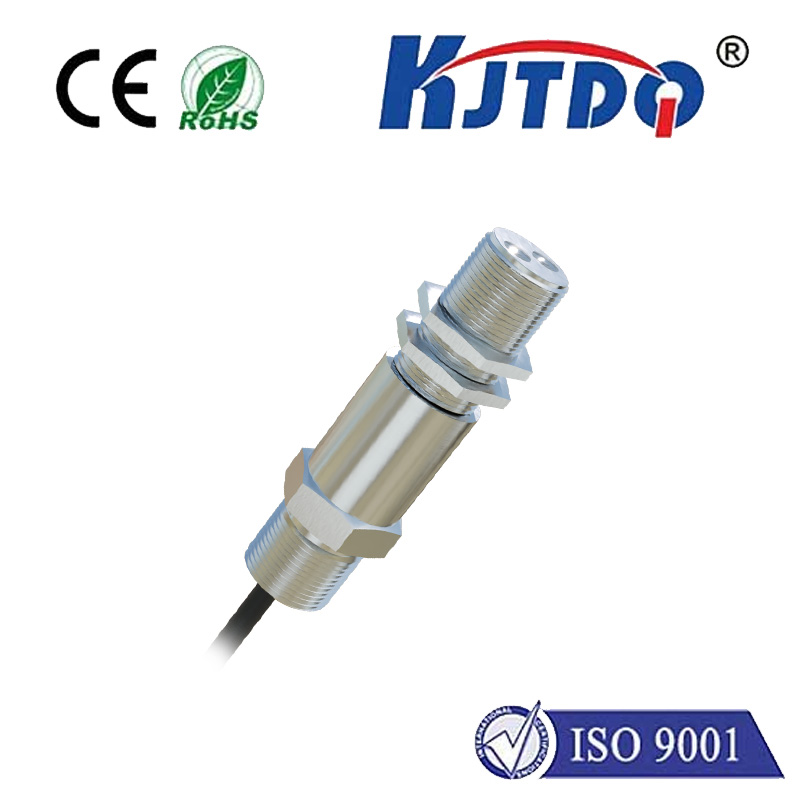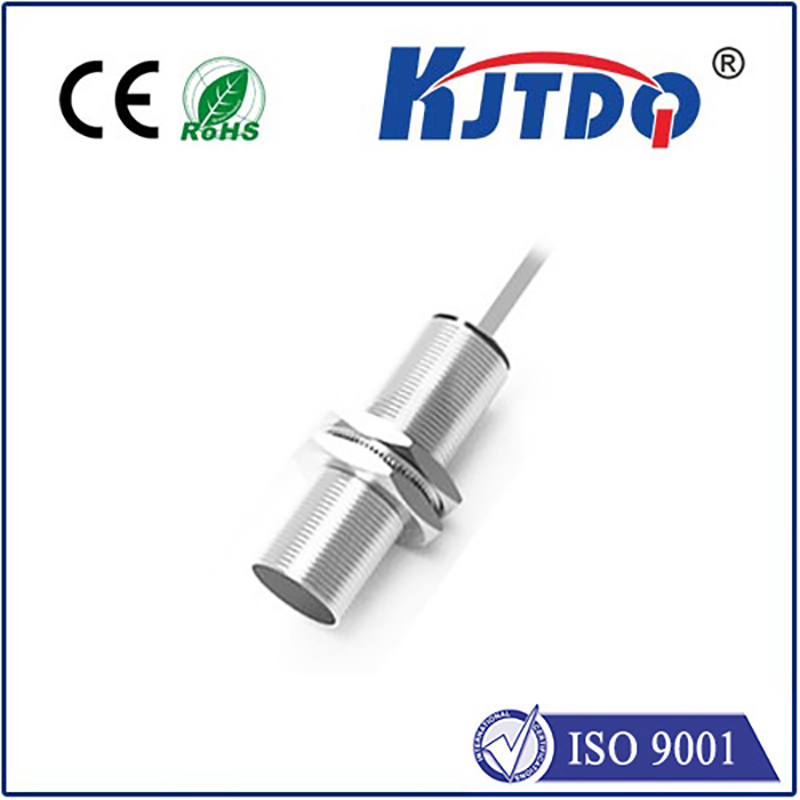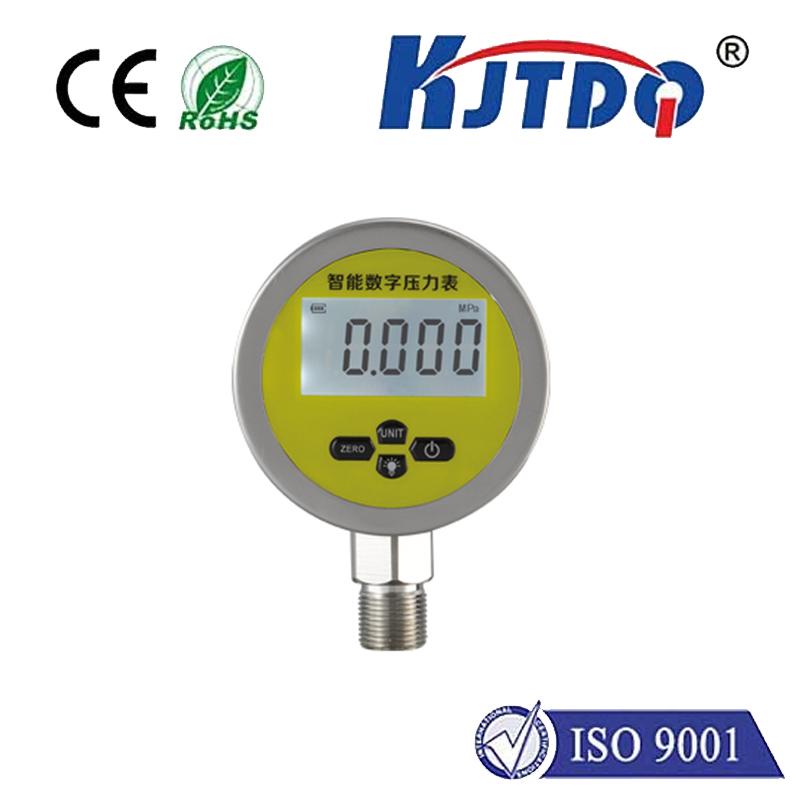датчик с индукционным желобом
- time:2025-07-12 03:17:07
- Нажмите:0
The Unseen Workhorse: How Inductive Slot Sensors Drive Automation Reliability
In the humming heart of modern factories and automated processes, countless components work tirelessly behind the scenes, performing critical functions without fanfare. Among these unsung heroes, the датчик с индукционным желобом stands out as a fundamental building block for precise, reliable, and non-contact detection. But what exactly is this ubiquitous device, and why is it so indispensable? Let’s delve into the core principles and compelling applications of this key industrial sensor.
Understanding the Core Principle: Electromagnetism in Action
At its essence, an inductive slot sensor operates on the principles of electromagnetic induction, discovered by Michael Faraday. Unlike a simple mechanical switch or a photoelectric beam, it functions entirely without physical contact with the target object. Here’s the basic mechanism:
- Generating the Field: Within the sensor housing lies a coil wound around a ferrite core. An internal oscillator generates a high-frequency alternating current through this coil, creating a constantly fluctuating electromagnetic field that radiates into the slot opening.
- The Target’s Impact: When a metallic object (the “target” – typically ferrous metals like iron or steel, or non-ferrous metals like aluminum, brass, or copper depending on the sensor’s design and operating distance) enters this active electromagnetic field near the slot, eddy currents are induced on the surface of the target.
- Sensing the Change: These induced eddy currents draw energy from the sensor’s oscillating circuit. This energy loss dampens the oscillation amplitude.
- Triggering the Output: The sensor’s integrated circuitry meticulously monitors the oscillation state. When the amplitude drops below a predetermined threshold due to the target’s presence, the electronics interpret this as a detection event. This triggers a change in the sensor’s electrical output state – typically switching from “Off” (Open) to “On” (Closed) for a normally open (NO) configuration, or vice-versa for normally closed (NC).
Why Choose an Inductive Slot Sensor? Key Advantages

Their widespread adoption across diverse industries is no accident. Inductive slot sensors offer a compelling set of benefits that solve common challenges in automation:
- Non-Contact Operation: The fundamental advantage. Since detection occurs through an electromagnetic field, there’s no physical contact between the sensor and the target. This eliminates mechanical wear and tear, drastically increasing the sensor’s operational life and reducing maintenance costs.
- Exceptional Reliability & Durability: Encased in rugged materials like PBT or stainless steel, these sensors are built to withstand harsh industrial environments. They are highly resistant to shock, vibration, dust, dirt, oil, grease, and moisture (often boasting high IP ratings like IP67 or IP69K). Their solid-state nature contributes significantly to robustness.
- High Switching Frequency & Speed: Capable of detecting objects moving at very high speeds – far exceeding the capabilities of most mechanical switches – making them perfect for fast-paced production lines and high-speed machinery.
- Insensitivity to Ambient Conditions: Unlike optical sensors, inductive slot sensors are largely unaffected by factors like ambient light, smoke, fog, or transparent/colored objects (provided the target is metallic). They perform consistently in dirty or dark environments where other sensors might falter.
- Simple Integration & Cost-Effectiveness: Often designed as direct mechanical replacements for older limit switches, they are relatively easy to install and wire (commonly available with PNP, NPN, or relay outputs). Their long lifespan offsets the initial investment, leading to a low total cost of ownership.
- Precise Position Detection: The slot design inherently provides a defined sensing window, enabling precise positional feedback. Отставание – the difference between the switch-on and switch-off points – is usually minimal and well-controlled.
Where Do They Shine? Key Applications
You’ll find inductive slot sensors working reliably in countless settings:
- Material Handling & Conveyors: Detecting the presence or absence of pallets, cartons, metal containers, or parts on conveyor belts; monitoring end positions of lifts and slides; confirming bin levels.
- Packaging Machinery: Verifying the position of punches, dies, cams, and rotary shafts; detecting metal lids or caps; confirming film feed or product placement.
- Machine Tooling & CNC: Monitoring tool turret positions; detecting workpiece clamping; safeguarding access doors with position verification; confirming spindle orientation.
- Robotics: Providing end-of-arm tooling position feedback; detecting the presence of gripped parts (metal); confirming gripper open/close status.
- Automotive Manufacturing: Countless uses on assembly lines: confirming door, hood, or trunk positions; detecting fixtures and clamps; monitoring robotic weld gun closure; sequence verification.
- General Automation: Position feedback for cylinders and linear actuators (often integrated or mounted onto cylinders); detecting rotary position via flags or tabs; verifying door interlocks; mobile equipment position sensing.
Selecting the Right Inductive Slot Sensor: Key Considerations
Choosing the optimal sensor involves several factors:
- Slot Dimensions: The physical size of the slot must accommodate the target that will pass through it – its width and thickness.
- Sensing Distance: Technically the operating distance within the slot where reliable detection occurs. Ensure it accommodates any tolerance stack-ups in your application.
- Target Material & Size: The sensor’s effective sensing distance (Sn) depends heavily on the type of metal (ferrous metals provide the longest range) and the minimum size/thickness of the target it needs to detect reliably. Consult manufacturer datasheets.
- Output Configuration: Choose between PNP (sourcing), NPN (sinking), NO (Normally Open), NC (Normally Closed), or changeover contacts based on your control system’s requirements.
- Electrical Specifications: Supply voltage range (e.g., 10-30V DC), current rating, and cable/connector type.
- Environmental Ratings: Select an appropriate IP rating for dust and water resistance, and ensure the housing material (e.g., nickel-plated brass, stainless steel, PBT plastic) is suitable for chemical exposure or temperature extremes.
- Special Features: Consider shielded vs. unshielded versions (shielding provides more precise directional sensing but shorter range), built-in diagnostics (LED indicators), or specific approvals (e.g., UL, ATEX for hazardous areas).
The Inductive Advantage: Quietly Enabling Precision
Inductive slot sensors represent a triumph of practical engineering. By harnessing the invisible power of electromagnetic fields, they provide a fundamentally robust, reliable, and non-contact solution for position and presence detection of metallic objects. Their inherent resistance to harsh conditions and mechanical wear makes them the go-to choice for ensuring the smooth, efficient, and uninterrupted operation of automated systems worldwide. From the intricate movements inside CNC machines to the relentless pace of automotive assembly lines, these unassuming yet indispensable components continue to be the bedrock upon which modern automation reliability is built. When precision, durability, and contactless operation are paramount, the inductive slot sensor remains a critical piece of the industrial puzzle.

